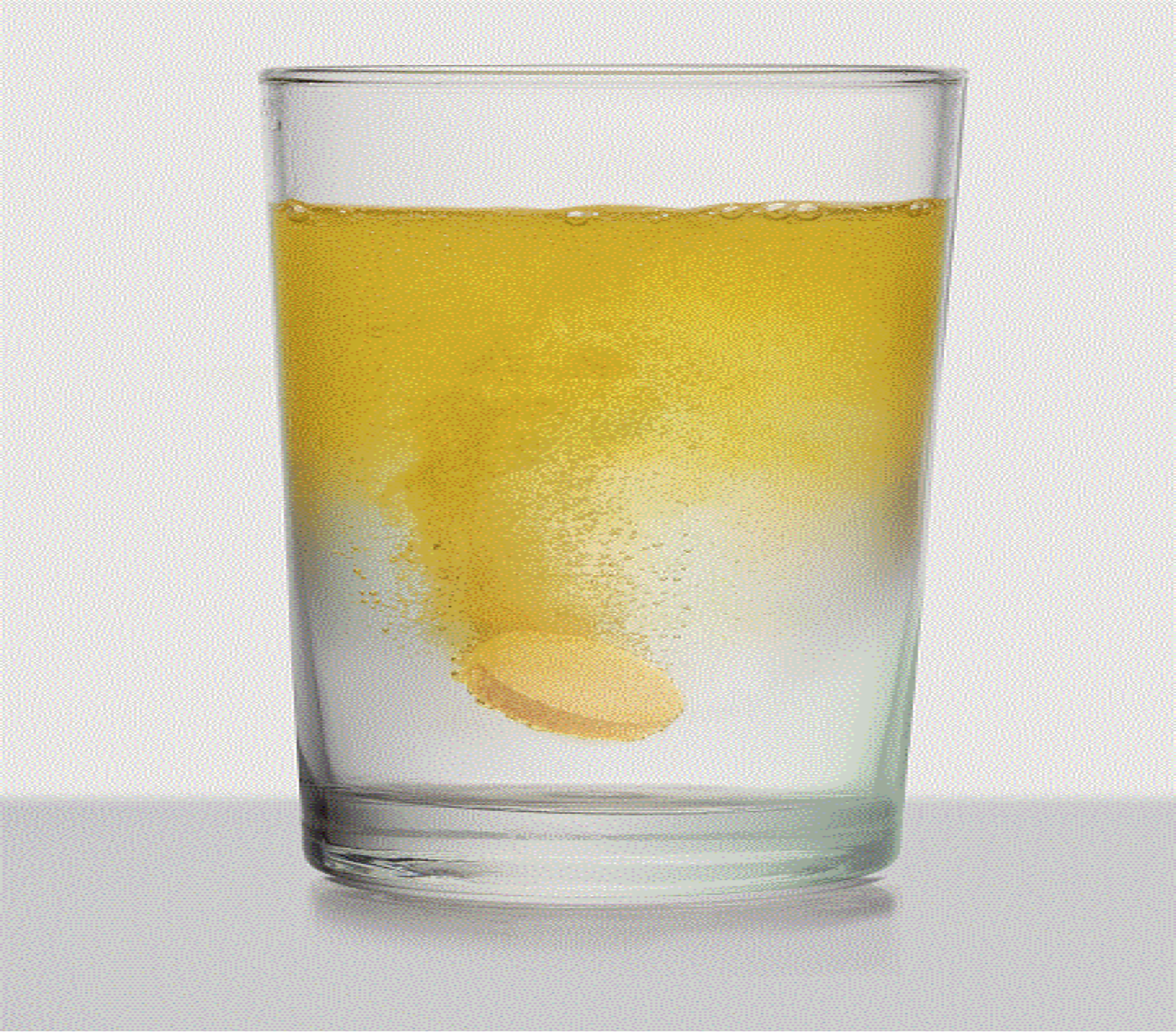I often think in metaphors. They help me to clarify and communicate my thinking. A metaphor can make a complex idea accessible and comprehensible. They invite understanding and are a useful catalyst for conversation. A metaphor can be made even more powerful when it is combined with a practical demonstration. One metaphor I like to share with colleagues revolves around the impact that we might have as teachers.
Imagine a glass of water. It sits calmly on a bench, the surface of the water it contains is untroubled by motion. We take a spoon and place it delicately into this glass of water and note the ripples that form on the surface. We begin to stir. Slowly at first. The motion of the spoon agitates the water. As we accelerate our motion, a small whirlpool begins to form in the class. We notice bubbles forming at the interface between the spoon and the water. Some of the bubbles detach and rise to the surface. The water at the edges of the glass has risen, and the whirlpool at its centre has deepened. Our once calm glass of water is a maelstrom of chaos.
We stop stirring. Gradually the motion of the water slows, the whirlpool subsides. Soon the water in the glass is once again calm and still. No evidence of the chaos remains.
Now consider a second glass. It too sits calmly on a bench, the water it contains is still. We place into this glass a small orange disc. The disc touches the water, and as it sinks slowly to the bottom, we notice bubbles forming energetically on its surface. Soon the disc is covered with hundreds if not thousands of bubbles and their formation and escape from the disc is causing the water in the glass to bubble. The surface of the water moves erratically as it is rocked by the small explosions of gas created as more and more bubbles escape from the now shrinking disc. Slowly the disc dissolves, and as it does, the motion in the water slows. Now very few bubbles can be seen. With time the water in the glass is once again calm and still.
But the water in the second glass has changed colour. After the chaos of the discs dissolution, the water has transformed from crystal clear to bight orange. Its contents have also changed. What was once pure water now is enriched with a mix of vitamins and a refreshing orange taste.
The glasses represent our classrooms, the water our students and the stirring and introduction of the disc represent the actions we take as teachers. The story of each glass is a metaphor for the impact that we might have.
In the first instance, the teacher brings great energy to the class. They provoke their students into action. The classroom is alive with motion, and the students are active and moving. While the teacher is teaching the students appear to be learning. As long as the teacher is present, things are happening. But once removed, we see that in just a short time the impact that the teacher has dissipates and soon there is no evidence of their presence. Despite all of our efforts, we have not had a lasting impact; true learning has not occurred.
In the second glass, we see a different story. The teacher in this glass acts upon the class from within. Their energy and the energy of their students combine. It is the reaction and the interaction of the two, which causes a change to occur. In time the teacher disappears, but a change has occurred that is lasting and endures despite their absence. Learning has been achieved and persists. In the words of Ron Ritchhart, these are the residuals of education; the dispositions and habits of character that we have nurtured and enculturated over time.
Our aim is not to merely stir the waters. If we are to achieve our purposes as educators, then we must aim for lasting impact. If the activities that we engage our students in and the teaching we deliver does not cause a lasting change in our students, then our enduring impact is minimal. If we measure our success not by what our children do during a lesson but by what remains beyond their time with us, we gain a more genuine measure of our impact.
By Stellina Sim


